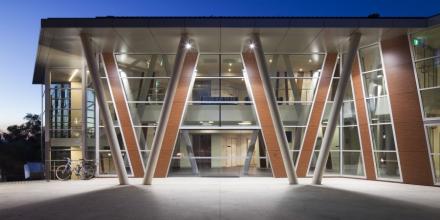Explaining changes in carbon intensity in Thailand: structural decomposition analysis

Event details
PhD Seminar (Econ)
Date & time
Venue
Speaker
Contacts
Since 1971, carbon dioxide emissions from fuel combustion in Thailand have risen more than 14-fold. This is faster than the emissions of China. This paper uses structural decomposition analysis to understand carbon intensity trends in Thailand over 1975–2010, with a focus on five factors: fuel mix, energy intensity, production technology, final demand structure, and trade patterns. The results show that energy intensity was the most important factor driving a rapid rise in carbon intensity between 1985 and 1998 and then a slow decline in carbon intensity after 1998. The electricity and transportation sectors were the key sources of such energy intensity effects.
Updated: 1 September 2024/Responsible Officer: Crawford Engagement/Page Contact: CAP Web Team






